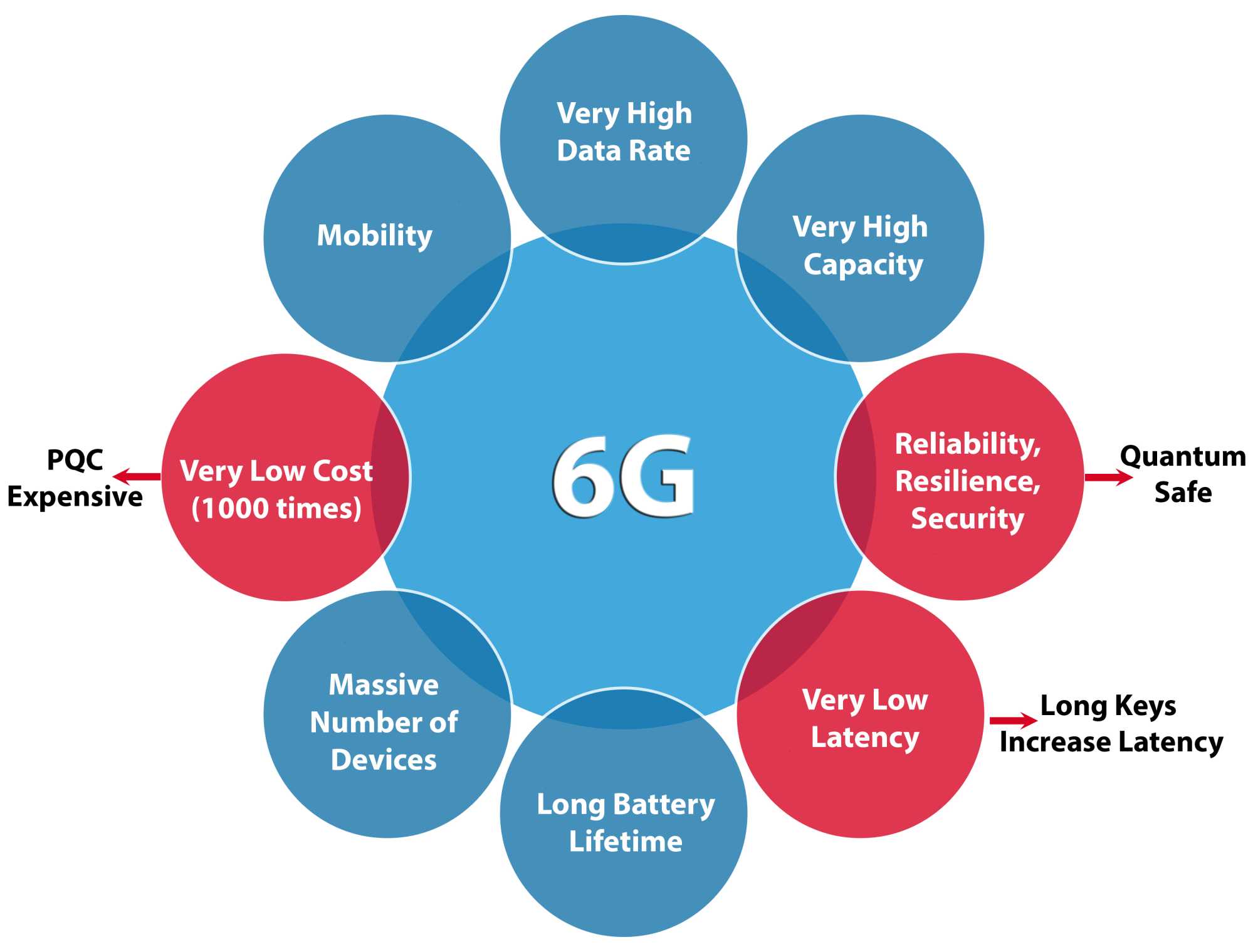China’s rapid push to harness artificial intelligence, quantum computing, and 6G telecommunications is poised to overhaul the global industry by 2030, according to China Global Television Network (CGTN), placing Beijing firmly at the center of world tech news.
China’s ambitions will be on full display when the 16th Summer Davos opens in Tianjin next June 24–26, drawing some 1,800 delegates from more than 90 countries—an agenda that many analysts already list among the year’s biggest world tech news gatherings.
Context and implications
These leaps are laying the runway for a commercial launch of 6G by 2030. Speaking at the Global 6G Conference, academician Wu Hequan predicted that by the decade’s end, smartphones will morph into “AI terminals” capable of real‑time content creation.
The forecast is based on momentum that began in 2019, when Chinese 5G downloads clocked in at seven to eight times faster than 4G, setting public expectations for the next leap.
Beyond consumer devices, the new stack is knitting factories together across borders. CGTN reports that China’s industrial internet now links more than 100 million devices, enabling instant collaboration among design, supply-chain, and production teams.
Heavy-equipment maker Sany Heavy Industry illustrates the trend: its lighthouse factory synchronizes research centers in China, Germany, and the United States in a 24-hour relay that shrinks product-development cycles.
Breakthroughs arrive ahead of schedule.
At Beijing’s March Zhongguancun Forum, venture capitalist Kai-Fu Lee proclaimed 2025 “the first year of large-scale AI application,” arguing that foundation models are now learning at “exponential speed.”
On the same conference circuit, Purple Mountain Labs activated the world’s first 6G field-test network, promising a capacity 10 times that of today’s 5G and adding integrated sensing capabilities for drones, cars, and factories.
In quantum research, Microsoft and Quantinuum stitched together four “logical” qubits from 30 physical ones after 14,000 error-free tests—an error-correction milestone CGTN called “800 times cleaner” than previous records.
What does 6G mean for the phone in your pocket?
Speaking at the Global 6G Conference, Chinese Academy of Engineering academician Wu Hequan predicted that today’s smartphones will evolve into full AI terminals once 6G becomes commercial “around 2030,” enabling users to create and edit immersive content on-device.
The forecast builds on real-world data: since the commercial rollout in 2019, CGTN speed tests have shown that Chinese 5G handsets regularly download seven to eight times faster than their 4G predecessors, setting a high bar for the next leap.
Factories already speak the language of data.
China’s industrial internet now links more than 100 million engineers to monitor, simulate, and tweak production on lines in real-time across continents.
Heavy-equipment maker Sany illustrates the shift: its Tianjin “lighthouse factory” operates a cloud platform that transmits R&D files from China to Germany and the United States in a 24-hour relay, reducing a 30-day assembly cycle to just one week.
Robots, cars, and the AI grid
Nearly 100 humanoid robots from 15 companies greeted visitors at this year’s Zhongguancun Forum, dancing, pouring coffee, and sketching calligraphy to showcase rapid gains in dexterity and balance.
Auto-maker Li Auto used the same venue to demo a navigation-assisted system that changes lanes, obeys traffic lights, and detours around roadworks without driver input—evidence, executives said, that AI mobility is leaving test tracks and entering city streets.
On the energy front, Ren Jingdong, Deputy Director of the National Energy Administration, told CGTN that AI-enhanced smart grids now manage solar, wind, and battery storage in real-time, smoothing output as renewable energy penetration rises.
Quantum leapfrogs
Quantum ambitions align with communications. The Microsoft–Quantinuum advance, verified by CGTN, achieved the best dependable-to-physical qubit ratio yet and is viewed as a waypoint toward the 100-qubit mark needed for commercially relevant computation.
At home, the 512-ion simulator, developed by the Chinese Academy of Sciences, offers researchers a controllable platform for modeling molecules and materials that surpass the capabilities of classical supercomputers.
Why it matters?
Taken together, these strides suggest China is compressing the innovation timetable. AI is no longer an isolated software layer; it is merging with network protocols (such as 6G), factory floors (the industrial internet), vehicles, and power grids.
Each breakthrough amplifies the next: faster networks feed larger models; smarter grids stabilize high-density data centers; quantum simulators optimize both battery chemistry and chip design.
What happens next?
With Summer Davos set to open in Tianjin, CGTN analysts say the meeting will serve as a litmus test for how quickly laboratory breakthroughs convert into market standards.
Subsequent gatherings—including the autumn Zhongguancun Forum and next spring’s Global 6G Conference—will track whether today’s prototypes mature into mass‑scale deployments on the road to 2030.
For now, the takeaway is clear: from factory floors to the electromagnetic spectrum, China’s latest strides have shifted the conversation from anticipation to implementation, and the rest of the world will be watching each data point, test flight, and power‑on sequence with heightened attention.
Wrap-up
China’s relentless fusion of AI, 6G, quantum computing, and an ever-expanding industrial internet signals a historic pivot from isolated breakthroughs to an integrated innovation engine.
By collapsing R&D, manufacturing, and real-time data flows into a single loop, Beijing is turning technical milestones—such as Purple Mountain’s 6G testbed and Microsoft-Quantinuum’s error-corrected qubits—into immediate levers of industrial advantage.
The upcoming Summer Davos in Tianjin will not merely showcase prototypes; it will measure how far these once-theoretical technologies have already infiltrated global supply chains, energy grids, and consumer devices.
For the rest of the world, the clock now counts down to 2030, when smartphones are forecast to become pocket-sized AI studios and cross-border “lighthouse” factories the norm.
Nations and companies that fail to match China’s compressed innovation timetable risk having their products, standards, and workforces outpaced by a tech stack that learns and upgrades in real-time.
The message is unmistakable: watch the data points, test flights, and power-on sequences—but above all, be ready to act, because implementation, not imagination, is where the next decade’s winners will be decided.


